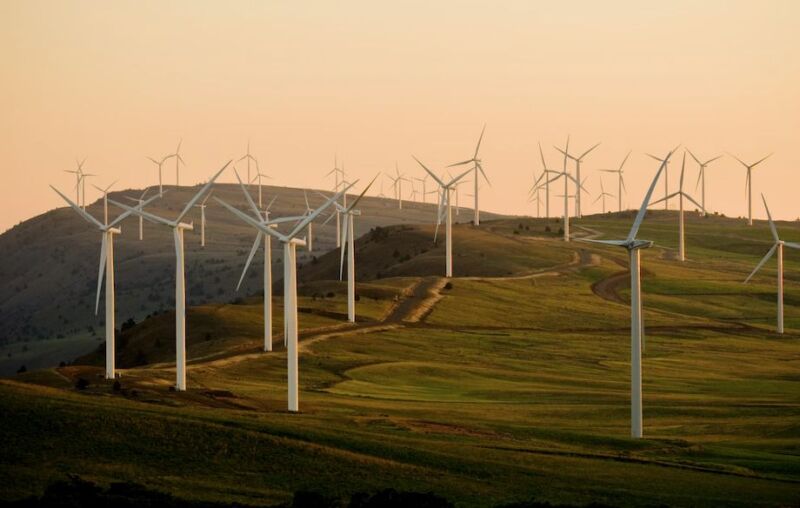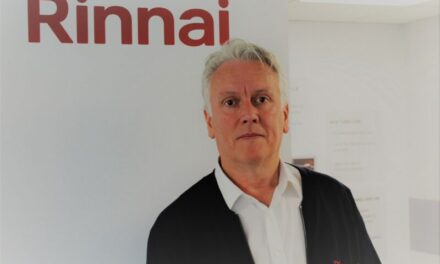We are facing an energy crisis not seen on a scale since the 1970s. Fuel and energy prices areskyrocketing as a result of the current geopolitical situation and increased global energy demand post–pandemic.
This has deeply exposed the cracks in our energy system. Faced with a 54% increase in the price cap, and now the biggest drop in living standards since records began, it’s crucial for the UK government to revisit its energy strategy. To shore up supply, there must be greater drive towards domestically sourced, sustainable energy alternatives.
Implementing this transition is a complex process – oil and gas investments simply can’t grind to a halt. However, efforts to find alternative, cleaner and more agile solutions must be put to the top of the agenda if we wish to see any sort of change in the next decade.

Cleaner, more agile energy alternatives
It’s imperative that a robust energy strategy is put in place for the long term. This must shield consumers and businesses as much as possible from the damage caused by elevated energy prices. Price caps simply don’t cut the mustard – they become redundant once the price of gas moves beyond a certain point.
Instead, we need an increased and agile energy generation system that doesn’t depend on the volatility of gas. A key focus area must be on community renewables, which offer a relatively cheap,plentiful, and environmentally–friendly alternative. This natural energy strategy requires local communities up and down the country to be plugged into renewable projects, meaning investment into tidal, wind or biomass must be made to drive real change.
Another solution lies in potential for mini nuclear reactors. These can be deployed close to population centres which can benefit from them, and are an agile and speedy alternative to massive power plant sites, which can take as many as fifteen years to construct. Investing in initiatives like these means the government can make considerable strides to increase access to more sustainable sources.
Reducing the flare up of bad industry practices
In reality, we are not at a point where we can completely decarbonise the industry – fossil fuel dependency reached 77% in 2020. There will still be a mass amount of oil and gas production while we transition to cleaner energy sources. This transition will take time and fossil fuel use is likely to continue on a vast scale until the mid 2030s.
Nor should investment into oil and gas be written off as totally wrong. It can help to clean up a lot of bad industry practices that are causing more environmental damage in the long run– for example, the flaring and spillage of oil.
Strategies need to be put in place to fix these mistakes in the centre of the industry. Ideally, half of capital expenditure from North Sea oil giants needs to be invested in net zero and low carbon sources of energy, as well as cleaning up bad habits, to truly make an impact and open up significant waste reduction potential.
The road to recovery
A big step on the road to more sustainable energy sources is reducing reliance on fuel. We’ve already started this journey with electric vehicles (EVs) quickly becoming more mainstream – 420,000 of these were on UK roads at the end of February. However, the location and surrounding infrastructure is the UK’s biggest roadblock.
Put simply, the infrastructure to support this transition simply isn’t in place yet. UK EV charging points are lagging behind compared to other European countries such as Norway and Sweden, who built the infrastructure before the cars. Things are changing – the government has recently vowed to increase the number of EV chargers more than ten times by 2030. But a real shift away from reliance on the traditional combustion engine won’t happen any time soon, and it’ll be at least another two or three years before our infrastructure starts catching up with the development in EVs. Right now,we are running before we can walk.
For EVs to really take off, the technology behind these vehicles needs to improve significantly –charging stations need to become more widespread and compatible, accommodating those who are travelling longer distances. This means improving the digital experience, providing greater flexibility for drivers to roam between networks and charge with other providers. These stations should also offer a range of options for charging speeds, from the standard slow charge to ‘super charge’, in order to further accommodate drivers’ needs and put convenience at the centre.
Agility is key
The government must take clean energy initiatives into prime consideration, focusing their efforts on agile energy generation systems and the development of EV infrastructure if we wish to see a substantial change. By making these investments now, we are protecting our future for generations yet to come.
Author: Simon Tucker, Managing Partner & Head of Energy, Utilities, Resources and Services EMEA at Infosys Consulting






